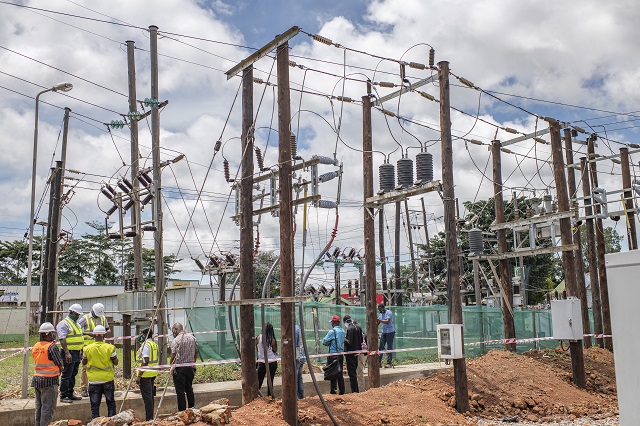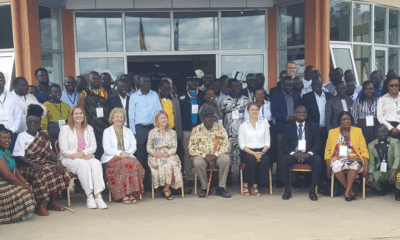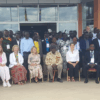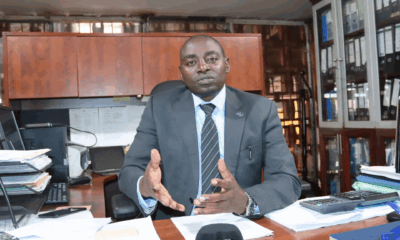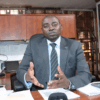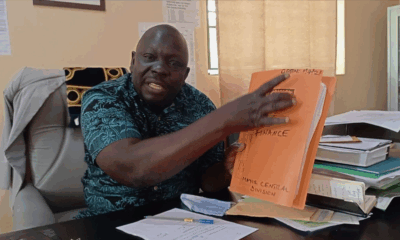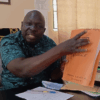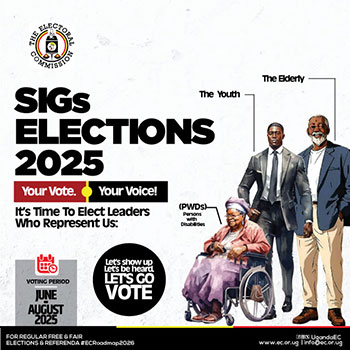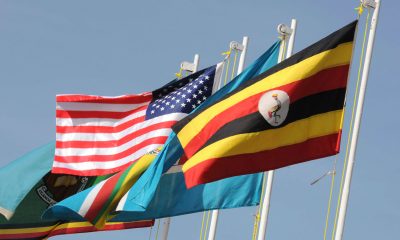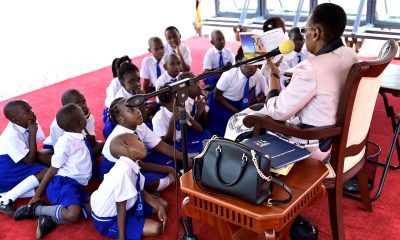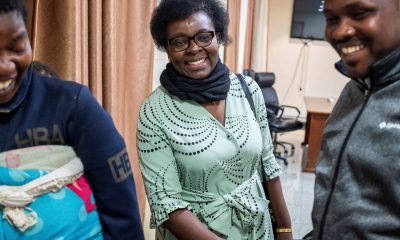News
Government Needs Shs23Trillions to Full electrification
Uganda will require at least 23 trillion Shillings to establish the infrastructure necessary to achieve universal access to electricity by 2040, the State Minister for Energy, Sidronious Okasaai Opolot, has revealed.
Speaking to URN on the sidelines of the Energy Access Investment Forum (EAIF) 2025, Okasaai noted that despite investing up to USD 1.5 billion (about UGX 5.7 trillion) over the past decade in the electricity sub-sector, the funding remains inadequate to achieve nationwide electrification.
Held at Speke Resort Munyonyo, the three-day EAIF 2025 brought together global stakeholders to promote investment and partnerships in the renewable energy sector. The forum is organized by the Alliance for Rural Electrification (ARE), co-hosted by the European Union under its Global Gateway initiative, and supported by GET.invest, a European programme that mobilises renewable energy investments.
Okasaai explained that the government, with support from development partners, is investing across the three key segments of the power supply chain—generation, transmission, and distribution. Citing Uganda’s abundant natural resources, including hydro, solar, wind, and geothermal energy, he expressed confidence that the free electricity connection policy will enable all Ugandan households to be connected by 2030.
To close the electricity access gap, Okasaai pointed to the Rural Electrification Strategy and Plan, which targets 51% rural access by 2030 and full national coverage by 2040. He also highlighted the National Electrification Strategy, which aims to achieve 60% grid-based access and 33% off-grid access by 2027.
The Uganda Energy Access Scale-up Project (EASP), supported by the World Bank, is one of the flagship initiatives currently promoting productive use of electricity, solar systems, and clean cooking technologies. The project also focuses on refugee settlements and host communities, where mini-grids play a critical role in expanding access.
David Lecoque, CEO of the Alliance for Rural Electrification, emphasized the forum’s objective of attracting investment to Uganda’s energy sector to create jobs and improve electricity access for the rural population.
Carol Koech, Strategy Director for Sustainability & Thought Leadership at Schneider Electric, underscored the importance of credit facilities and technology transfer in enabling private sector participation in Uganda’s energy transformation.
Meanwhile, the European Union Ambassador to Uganda, H.E. Jan Sadek, reaffirmed the EU’s commitment to supporting Uganda’s energy goals through grants and affordable loans. He noted that such support aims to enhance access to electricity, promote clean cooking solutions, and safeguard the environment for future generations.
Globally, an estimated 685 million people—mostly in sub-Saharan Africa and South Asia—still lack access to electricity. The United Nations’ Sustainable Development Goal 7 (SDG 7) calls for universal access to affordable, reliable, sustainable, and modern energy by 2030.
The shift to renewables is driven by the urgent need to triple global installed capacity and double energy efficiency by 2030 to meet the targets of the Paris Climate Agreement.
At the M300 Conference held in Tanzania on January 27, 2025, global leaders pledged more than USD 50 billion to support renewable energy access initiatives, reinforcing global momentum toward electrifying underserved regions.
***************Adopted from URN**********************
Comments



